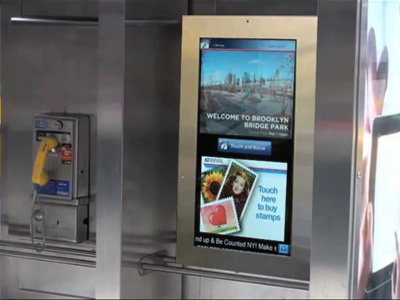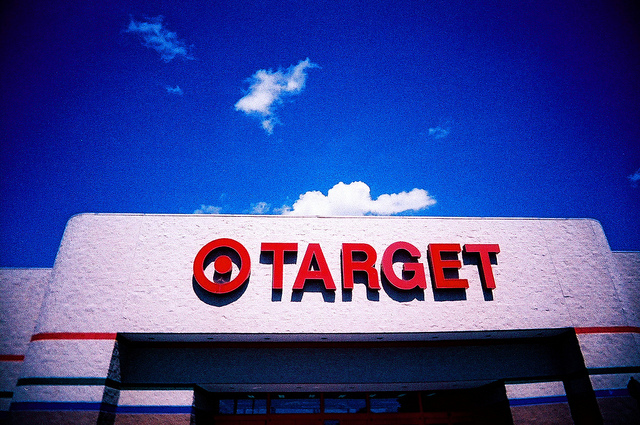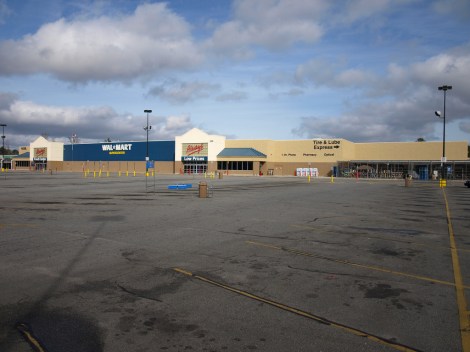If you’re reading this on your phone from a line outside an electronics store, congratulations — you’re a real American! And you’re probably way more excited about the 50th anniversary of big-box retail in this country than the rest of us are.
In 1962, when gas cost about 28 cents a gallon and the suburbs were growing faster than you can say “sports utility vehicle,” Walmart, Target, and Kmart were all born.
NPR’s Morning Edition talked to retail historian Marc Levinson about their rise to prominence and dominance.
One of the prerequisites for the big-box was the car. Everybody had to have a car because the big-box was sitting out in a parking lot somewhere. The big-box made shopping into a family experience. Mom and dad and the kids all piled into the car, they went out to this big store, and they could spend several hours there because there was, by the standards of the day, an enormous amount of merchandise.
Today’s stores are about four times the size, but hey, so are our cars!
Since ’62, the big boxes, especially Walmart, have grown like an infectious pox upon our nation. Even Friday’s planned worker strikes at upwards of 1,000 Walmarts across the country may do nothing to slow the monster’s growth. From The Daily Beast:
The company is huge enough, as the world’s largest private employer, to weather this storm of protests, whether it’s a trickle of malcontents or a hurricane of workers all over the country. With 200 million customers visiting 10,300 stores in 27 countries every week, even if 10 percent of its customers decided they’d never shop there again, the company would survive.
The only way to strike big retail where it hurts is to just stop shopping. But that’s hardly the American way, even in financially fraught times. When big boxes cry “sustainability” and try to up their green cred, our response tends to be to buy more crap from them.
At stores that sponsor battery and gadget recycling programs, more than half of would-be recyclers end up buying more than just replacement gadgets, according to a study commissioned by Call2Recycle, “a product stewardship organization.”
Of those surveyed, 54% in the U.S. and 45% in Canada consider retailers a key source for learning about recycling programs where 18% of the U.S. population and 24% of the Canadian population participates in retail “take back” programs for the collection and recycling of batteries and cellphones.
Does it seem counterintuitive and kind of gross that we’d be learning how to recycle from the very same people who are selling us all this junk that we need to recycle? Does it make you want to soothe your conflicted feelings with some retail therapy? Well resist, damnit, resist!




